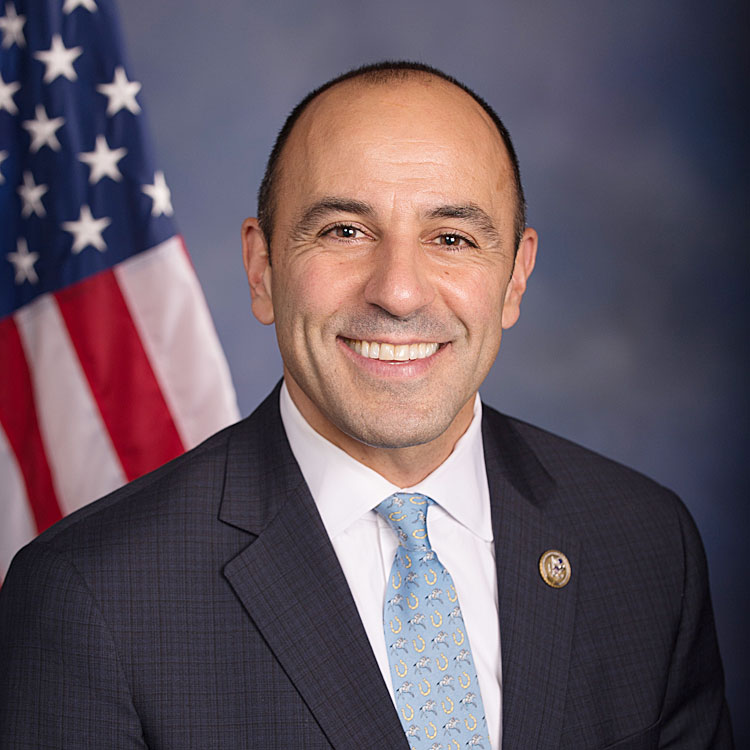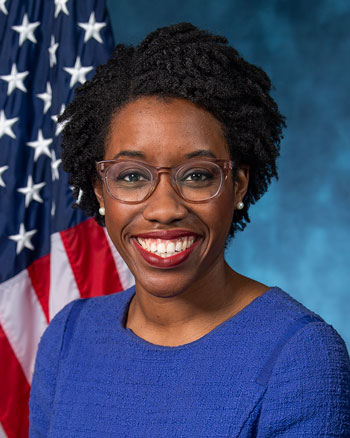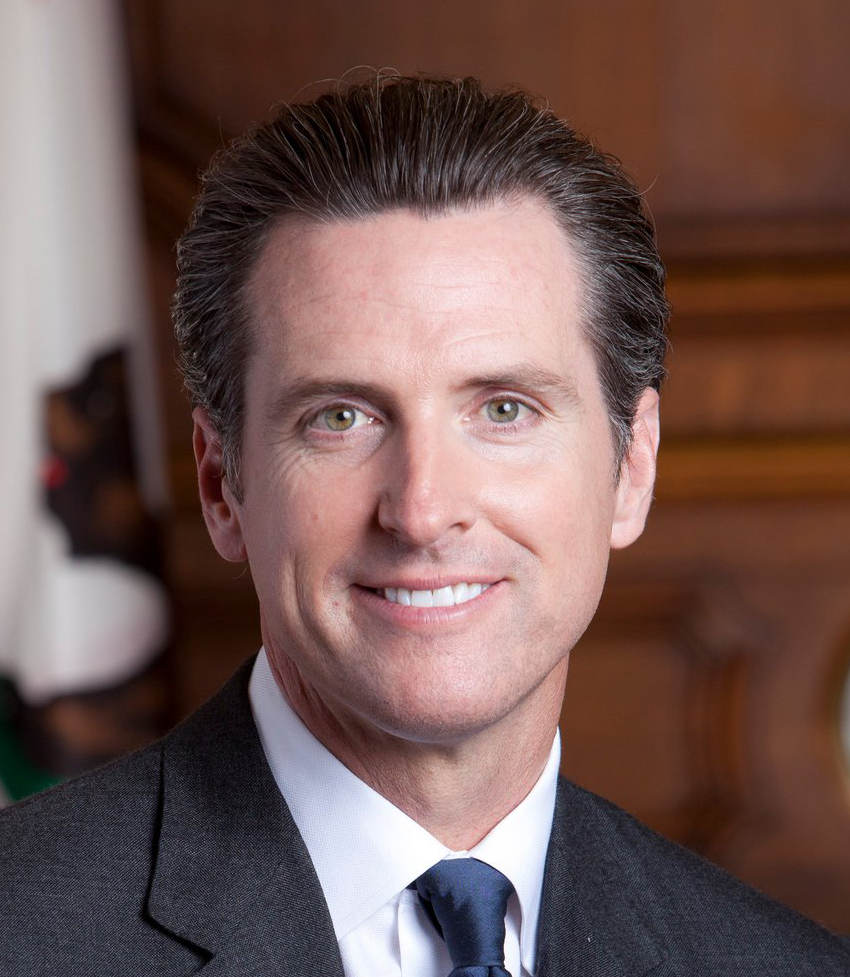Panetta, Crow, and Underwood’s Plan Would Also Expand Public Health Response to COVID-19
SALINAS ━ Today, Congressman Jimmy Panetta (CA-20), Congressman Jason Crow (CO-06), and Congresswoman Lauren Underwood (IL-14) introduced legislation to create a Health Force and a Resiliency Force to help respond to and combat the COVID-19 pandemic.
The Health Force would recruit, train, and employ Americans to expand our public health workforce to combat the virus and strengthen America’s longer-term public health response. In addition to helping solve our public health worker shortage, the bill would help provide jobs for thousands of recently unemployed Americans and support the country’s recovery efforts. Senator Michael Bennet (D-CO) and Senator Kirsten Gillibrand (D-NY) introduced companion legislation in the Senate.
“In order to emerge from this pandemic and get on the road to economic recovery, testing and contact tracing must be implemented and executed, especially if we don’t have a vaccine for COVID-19. To do that, a health force is necessary to administer the tests, isolate those who have tested positive, and trace and test the contacts of every carrier. However, many state and local governments don’t have the funding or infrastructure to cover the cost and coordination of such a massive effort,” said Congressman Panetta. “That is why we are introducing the bicameral Health Force and Resilience Force Act, a federally funded and locally managed effort to provide a dedicated workforce to perform these vital tasks and, ultimately, help us return to something approaching a normal life.”
“Now is the time for bold action. Any hope of preventing the spread of the coronavirus and getting our country back on track directly rests on our ability to invest in our public health workforce. This bill does exactly that by employing Americans who may have lost their job from the crisis and investing their energy and talent into combating this disease. Testing and contract tracing will play a pivotal role as we work to understand and control disease spread but we cannot take a piecemeal approach. In our interconnected world, we need a national response that mobilizes an army of public health workers. The future men and women of the Health Force represent the next generation of service, one that goes beyond the military and directly addresses the enemy here at home,” said Congressman Crow.
“We cannot reopen our country without making necessary investments to expand our testing capacity, conduct contact tracing, and protect the health and safety of our communities,” said Congresswoman Underwood.”I’ve joined Representatives Crow and Panetta to introduce the bicameral Health Force and Resilience Force Act to meet our country’s urgent public health needs so we can reopen our economy safely and sustainably. We are facing a once-in-a-generation crisis, and this bill is a bold solution that rises to the meet the great challenge ahead of us.”
The Health Force is inspired by the Depression-era Works Progress Administration and Civilian Conservation Corps, which similarly tapped the unemployed to help the nation recover from a sharp economic downturn. The Health Force would create a federally-supported and locally-managed program to train and deploy essential public and community health frontline workers, who could conduct testing, contact tracing, or eventual vaccine administration. These positions would complement America’s highly trained and skilled medical professionals already fighting on the front lines. The workforce would be trained by the U.S. Centers for Disease Control and Prevention (CDC) and managed by state and local public health agencies across the country.
The Health Force would be responsible for:
- Conducting contact tracing;
- Administering COVID-19 tests, including antibody tests;
- Supporting the provision of COVID-19 vaccinations (when available);
- Sharing COVID-19 public health messages with community members, including debunking myths and misperceptions;
- Providing data entry in support of epidemiological surveillance and to meet broader health information system requirements;
- Providing community-based and home-based services, including food and medical supply delivery to elderly and immunocompromised individuals;
- Providing palliative and hospice care;
- Providing other public health-related services, as needed.
In California, Governor Gavin Newsom announced a goal to train at least 20,000 people to be contact tracers. The state’s local health departments would benefit from a surge of support for this endeavor, as well as services from infection control to food delivery for seniors and child care support. The Health Force would directly support the work of local agencies by giving young people the opportunity to fill the specific jobs different counties need while earning an income and building new skills.
After the current public health crisis concludes, the Health Force would provide grant funding and technical assistance to state and local health departments to hire and retain members to serve as health extension workers (HEWs) among vulnerable populations, in underserved areas and in future public health emergencies. These activities could include sharing public health messages with community members, providing home-based check-ins for seniors and new mothers and infants, providing vaccination schedule reminders for parents of children, connecting community members with health-related services (e.g. CalFresh), and more.
The Health Force will be a new component of the CDC Public Health Emergency Preparation (PHEP) which include 65 jurisdictions across all 50 states, territories, and tribal lands. The CDC will develop and implement Health Force training packages, while state, local, territorial, and tribal funding recipients will hire, supervise, and retain Force members using new grant or cooperative agreement funding provided through PHEP and/or Public Health Crisis Response (PHCR). States, localities, territories, and tribal entity funding recipients will actively recruit and manage Force members. Recruitment will reach out to low-income, minority, and historically marginalized populations.
“To fight back against this pandemic we need a significant federal investment in our state health departments to scale up contact tracing and testing. By investing in a “Health Force” of disease intervention specialists (DIS) and other contact tracers, Senators Gillibrand and Bennet and Representatives Underwood, Crow, and Panetta lay out a clear, sound public health strategy that will re-open our economy, keep it open, and replace thousands of much needed jobs. We urge other congressional members to support the ‘Health Force and Resilience Force Act of 2020,” wrote the National Coalition of STD Directors in a statement.
“The Health and Resilience Force taps into the grit and talent of America’s communities to confront our nation’s public health crisis. It also helps solve the growing unemployment crisis,” said Saket Soni, Director of Resilience Force.
This legislation also includes the Resiliency Force, a proposal led by U.S. Senators Ed Markey (D-MA) and Chris Van Hollen (D-MD), that mobilizes individuals at the Federal Emergency Management Agency (FEMA) in the fight against the coronavirus by providing funding needed to hire and train 62,000 additional FEMA Cadre of On-Call Response/Recovery Employees (CORE) to perform public health and related functions as well as respond to natural disasters such as hurricanes and wildfires. Along with the CDC, FEMA is a key part of the whole-of-government effort to combat the COVID-19 pandemic and responsibly reopen the country in phases. However, FEMA’s workforce of approximately 14,000 must be significantly expanded to address the growing national needs of testing, and managing emergency supply chain logistics for states and communities in need.
Examples of Resilience Force COVID-19 response activities include:
- Providing logistical support for emergency procurement of medical equipment and other goods involved in COVID-19 response efforts;
- Supporting COVID-19 testing and surveillance activities; and
- Providing other disaster preparedness and response functions for other emergencies and natural disasters.
The bill text can be found here: https://crow.house.gov/sites/crow.house.gov/files/CROWCO_049_xml.pdf.







